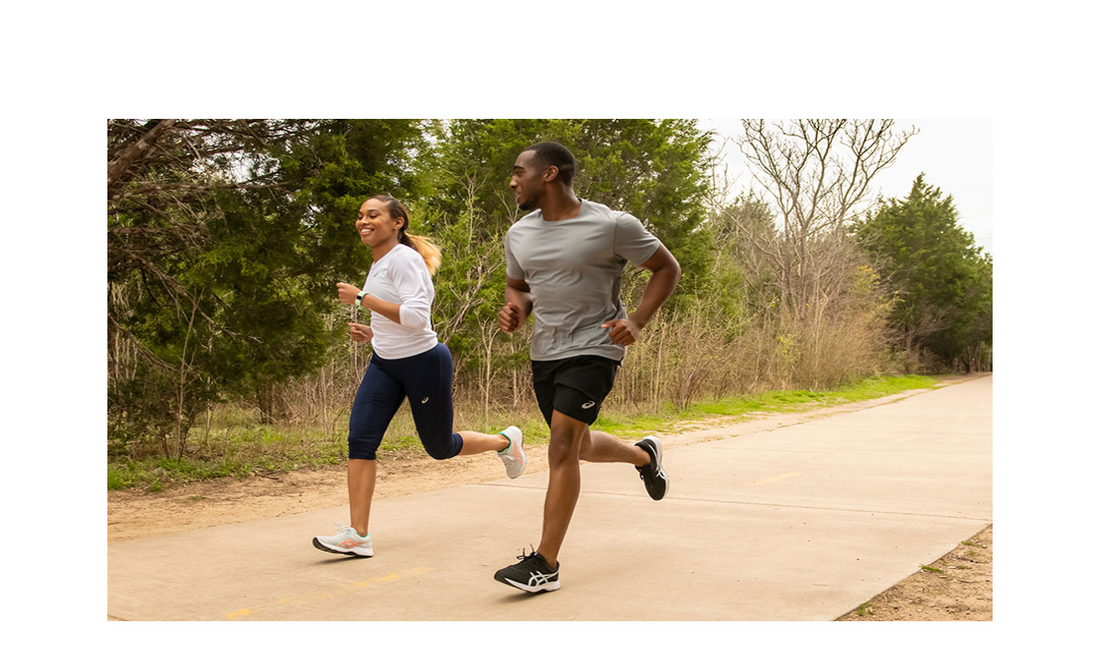1. Don’t ignore the pain. Ignoring shin splints, heelspurs or tendonitis will only worsen the condition. Instead, stay off your feet if possible or at least reduce the amount that you’re running and incorporate walking into your routine each week. If you don’t let your body recover then you’ll be stuck with the pain even longer. While taking this rest break, engage in other activities to keep you active such as yoga, pilates or meditation.
2. Apply compresses. Alternating between hot and cold compresses can help alleviate and subside some of the pain you're feeling. A bag of ice, cold compress, or even bags of frozen vegetables help to relieve the pain of shin splints. A microwavable hot pack can help soothe sore aches and pains. Massage your sore muscles and apply a healing cream such as our Zax's Aches & Pains Cream or Zax's Original Heelspur Cream. Don't forget to elevate the affected area to help if there's any kind of swelling.
3. Stretch regularly. Stretching can help you prevent or recover from foot and leg pain caused by shin splints and heelspurs. Strengthening of your ankle, foot and knee muscles can be very important to help alleviate pain. If your pain persists or worsens, seek professional guidance.
4. Skip the pavement. Running on pavement can aggravate your shin splints or heelpsurs because of the increased impact, so while nursing any ailments avoid these hard surfaces whenever possible. Instead, run on a track, grass, or even a treadmill. Running up hills can especially aggravate shin splint pain, so plan your routes accordingly. While not the same as running, try other types of endurance activity such as riding a bike or using a stationary bike.
5. Consider a padded insole. Heelpsurs and Shin splints are often caused by repetitive impact overtime. That’s why running addicts are often plagued with these types of injuries. Extra cushioning with a padded insole or orthotic may be just the extra padding that's needed to relieve the impact on your body.
Updated (Originally posted 2014)
Sara Novak, Contributing Writer for Zax Healthcare Inc. Follow her on Twitter at @sarafnovak.

